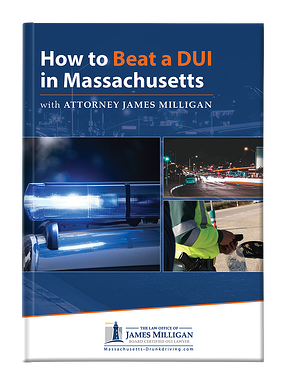Reinstating a suspended driver’s license typically involves completing certain requirements and paying any necessary fees. The exact process may vary depending on the reason for the suspension and the state you live in. Here are the general steps you can follow to reinstate a suspended driver’s license: 1. Determine the reason for the suspension: The first step is to understand why your license was suspended. This information should be included in the notification you received from the Department of Motor Vehicles (DMV) or the court. 2. Complete any required classes or courses: If your license was suspended due to a traffic violation or DUI, you may be required to complete a driver improvement course or alcohol education program before you can reinstate your license. 3. Serve any required suspension period: Some suspensions may come with a mandatory suspension period, which means you will have to wait a certain amount of time before you can reinstate your license. 4. Pay any necessary fines or fees: Depending on the reason for your suspension, you may be required to pay fines or fees before you can reinstate your license. 5. Provide proof of insurance: In some cases, you may need to show proof of insurance before your license can be reinstated. 6. Attend a hearing: If your license was suspended due to a serious offense, such as a DUI, you may be required to attend a hearing before your license can be reinstated. 7. Submit required documents: Depending on your state, you may be required to submit.

